Life Underwater Facts Pin By Rule7 On Ocean
Hey friend! I came across some fascinating facts about the ocean and underwater life that I thought you might find interesting. Let's dive right in!
101 Interesting Facts about the Ocean
 The ocean covers around 71% of the Earth's surface, making it a vast and mysterious part of our planet. Did you know that it is estimated to hold more than 97% of the Earth's water? That's mind-boggling! Here's another fun fact for you: The ocean is home to over one million species! From tiny plankton to massive whales, this diverse ecosystem supports an incredible array of life. Speaking of size, the Pacific Ocean is the largest ocean in the world, covering an area of about 63 million square miles. That's larger than all of Earth's land combined! Can you imagine the sheer magnitude of this watery expanse? But the ocean is not just about its size. It also plays a crucial role in regulating the planet's climate. It absorbs heat, distributes it across the globe through ocean currents, and even acts as a carbon sink, helping to mitigate climate change. Exploring the ocean depths has always intrigued humans. The Mariana Trench, located in the western Pacific Ocean, is the deepest part of the world's oceans. It plunges to a jaw-dropping depth of about 36,000 feet! Only a handful of brave individuals have ever ventured into this mysterious abyss. While we're on the topic of mysterious creatures, did you know that about 95% of the ocean remains unexplored? That means there could be countless incredible organisms lurking beneath the surface, waiting to be discovered. One unique creature found in the ocean is the bioluminescent jellyfish. These captivating creatures light up the waters with their own natural glow. It truly is a mesmerizing sight to witness! The ocean also holds numerous treasures, including shipwrecks dating back centuries. These underwater time capsules provide valuable insights into our history and attract adventurers and archaeologists alike. Not only are shipwrecks fascinating, but coral reefs are also considered underwater wonders. These vibrant ecosystems are teeming with life, playing host to a vast array of colorful fish, marine mammals, and other marine organisms. Did you know that the Great Barrier Reef, located off the coast of Australia, is the largest coral reef system in the world? It stretches over 1,400 miles and is home to more than 1,500 species of fish! Speaking of marine life, let's talk about some of the amazing creatures you can find in the ocean. Have you ever heard of the giant squid? It is one of the largest known invertebrates, with some individuals growing up to 43 feet long! Now that's a colossal creature! Another fascinating ocean dweller is the mysterious yeti crab. This peculiar creature was discovered in 2005 near hydrothermal vents in the Pacific Ocean. Its long, hairy arms give it a unique appearance, resembling a mythical yeti. The oceans are also home to some of the most intelligent creatures on Earth, such as dolphins and whales. These creatures have complex social structures, communicate using a range of sounds, and exhibit remarkable behaviors such as tool use and cooperation. Did you know that the blue whale, the largest animal on our planet, calls the ocean its home? These magnificent creatures can grow up to 100 feet in length and weigh as much as 200 tons! Just imagine encountering one of these gentle giants in the wild. Moving away from animals, let's talk about some breathtaking natural phenomena that occur in the ocean. Have you ever heard of bioluminescent bays? These magical places light up at night as the water glows with the movement of microscopic organisms. It's like stepping into a fairytale! The ocean is also the source of some unusual phenomena, such as the mesmerizing "milky seas." These rare events occur when certain bioluminescent bacteria create a glowing effect that covers vast stretches of the ocean's surface. As awe-inspiring as the ocean is, it's important to note that it is facing numerous threats. Pollution, overfishing, and climate change are just a few of the challenges this fragile ecosystem is dealing with. It's essential for us to protect and conserve this vital resource for future generations. There you have it, my friend—a glimpse into the intriguing and diverse world of the ocean. From its massive size to its incredible creatures and natural wonders, the ocean never ceases to amaze. Remember to cherish and respect our beautiful blue planet!
The ocean covers around 71% of the Earth's surface, making it a vast and mysterious part of our planet. Did you know that it is estimated to hold more than 97% of the Earth's water? That's mind-boggling! Here's another fun fact for you: The ocean is home to over one million species! From tiny plankton to massive whales, this diverse ecosystem supports an incredible array of life. Speaking of size, the Pacific Ocean is the largest ocean in the world, covering an area of about 63 million square miles. That's larger than all of Earth's land combined! Can you imagine the sheer magnitude of this watery expanse? But the ocean is not just about its size. It also plays a crucial role in regulating the planet's climate. It absorbs heat, distributes it across the globe through ocean currents, and even acts as a carbon sink, helping to mitigate climate change. Exploring the ocean depths has always intrigued humans. The Mariana Trench, located in the western Pacific Ocean, is the deepest part of the world's oceans. It plunges to a jaw-dropping depth of about 36,000 feet! Only a handful of brave individuals have ever ventured into this mysterious abyss. While we're on the topic of mysterious creatures, did you know that about 95% of the ocean remains unexplored? That means there could be countless incredible organisms lurking beneath the surface, waiting to be discovered. One unique creature found in the ocean is the bioluminescent jellyfish. These captivating creatures light up the waters with their own natural glow. It truly is a mesmerizing sight to witness! The ocean also holds numerous treasures, including shipwrecks dating back centuries. These underwater time capsules provide valuable insights into our history and attract adventurers and archaeologists alike. Not only are shipwrecks fascinating, but coral reefs are also considered underwater wonders. These vibrant ecosystems are teeming with life, playing host to a vast array of colorful fish, marine mammals, and other marine organisms. Did you know that the Great Barrier Reef, located off the coast of Australia, is the largest coral reef system in the world? It stretches over 1,400 miles and is home to more than 1,500 species of fish! Speaking of marine life, let's talk about some of the amazing creatures you can find in the ocean. Have you ever heard of the giant squid? It is one of the largest known invertebrates, with some individuals growing up to 43 feet long! Now that's a colossal creature! Another fascinating ocean dweller is the mysterious yeti crab. This peculiar creature was discovered in 2005 near hydrothermal vents in the Pacific Ocean. Its long, hairy arms give it a unique appearance, resembling a mythical yeti. The oceans are also home to some of the most intelligent creatures on Earth, such as dolphins and whales. These creatures have complex social structures, communicate using a range of sounds, and exhibit remarkable behaviors such as tool use and cooperation. Did you know that the blue whale, the largest animal on our planet, calls the ocean its home? These magnificent creatures can grow up to 100 feet in length and weigh as much as 200 tons! Just imagine encountering one of these gentle giants in the wild. Moving away from animals, let's talk about some breathtaking natural phenomena that occur in the ocean. Have you ever heard of bioluminescent bays? These magical places light up at night as the water glows with the movement of microscopic organisms. It's like stepping into a fairytale! The ocean is also the source of some unusual phenomena, such as the mesmerizing "milky seas." These rare events occur when certain bioluminescent bacteria create a glowing effect that covers vast stretches of the ocean's surface. As awe-inspiring as the ocean is, it's important to note that it is facing numerous threats. Pollution, overfishing, and climate change are just a few of the challenges this fragile ecosystem is dealing with. It's essential for us to protect and conserve this vital resource for future generations. There you have it, my friend—a glimpse into the intriguing and diverse world of the ocean. From its massive size to its incredible creatures and natural wonders, the ocean never ceases to amaze. Remember to cherish and respect our beautiful blue planet!
Ten Quirky Underwater Facts
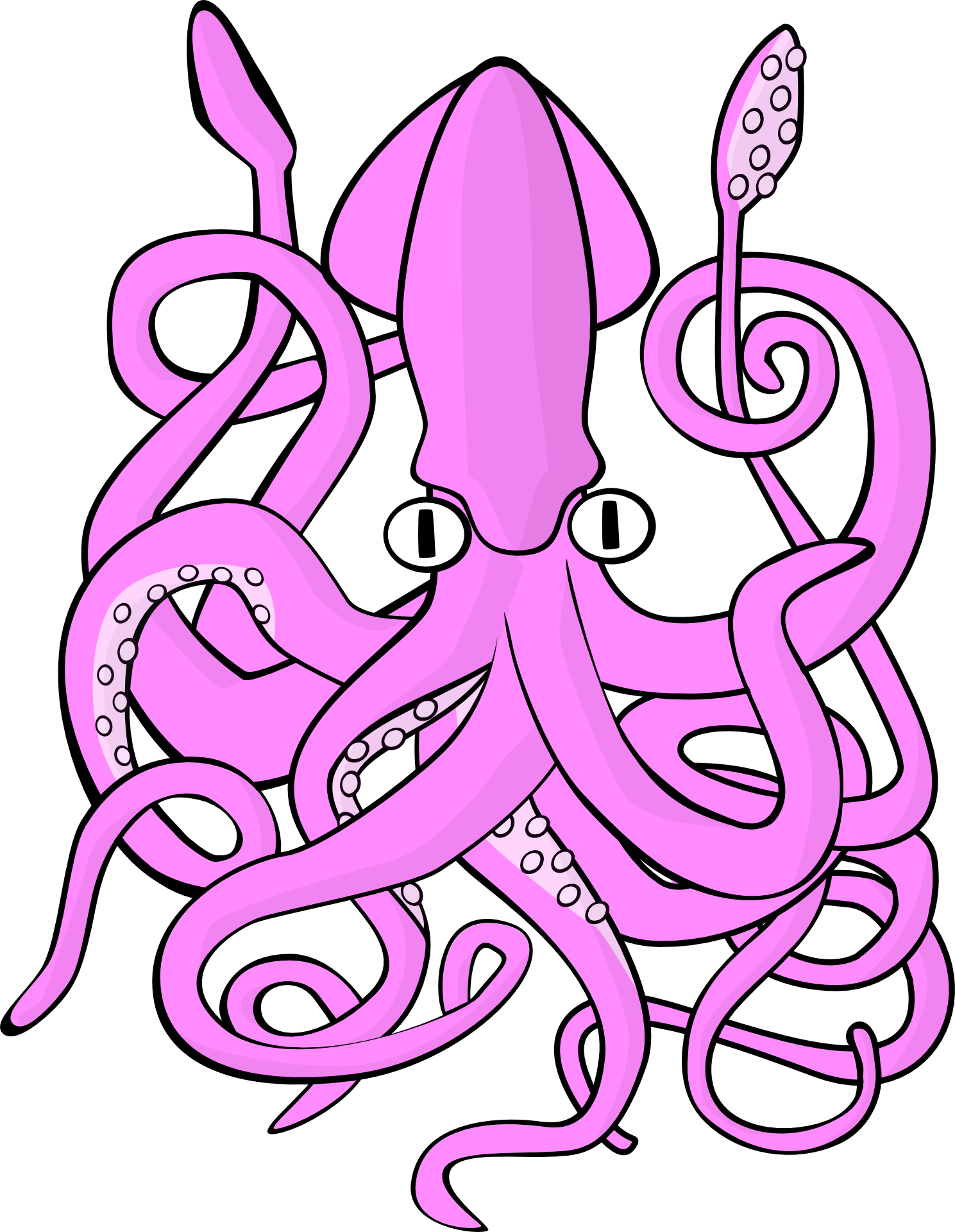 As if the ocean isn't fascinating enough, here are ten quirky facts that will leave you even more amazed! 1. Did you know that some crabs use living sea anemones as hats? These clever creatures attach the anemones to their shells for added protection and camouflage. 2. The mantis shrimp is a formidable underwater predator. Its claws are so powerful that they can break glass aquariums and crack open the shells of crabs and snails. Talk about a force to be reckoned with! 3. Have you ever wondered how fish sleep? Well, some fish actually enter a state similar to sleep called "slow-wave sleep." During this time, they remain stationary, resting on the ocean floor or in the safety of coral reefs. 4. The ocean is filled with all sorts of peculiar creatures, including the sarcastic fringehead fish. These small fish have a unique way of settling disputes—they open their mouths wide to intimidate each other, showcasing their impressive set of sharp teeth. 5. Ever heard of the humphead wrasse? These magnificent fish are known for their protruding foreheads, which led to their interesting name. They can grow up to six feet long and weigh over 400 pounds! 6. If you thought humans were the only ones using tools, think again. Some species of dolphins and octopuses have been observed using tools in their natural environments. From using sponges as protection to carrying coconut shells as portable homes, these marine creatures have some impressive problem-solving skills. 7. Speaking of dolphins, did you know that they have names for each other? Dolphins use a unique whistle to identify themselves and communicate with their pod members. Each individual has its own signature whistle, akin to a personal name. 8. Octopuses are known for their incredible camouflaging abilities, but did you know that they can also change their texture? These intelligent cephalopods can alter the texture of their skin to better blend in with their surroundings, ensuring they remain hidden from predators. 9. Have you ever wondered how clownfish survive in the venomous tentacles of sea anemones? Well, it turns out that these colorful fish have a special slime coating on their skin that protects them from the anemone's stinging cells. 10. Finally, let's talk about the astonishing power of the pistol shrimp. This tiny creature has one oversized claw that it uses to stun its prey. When the shrimp snaps its claw shut, it creates an underwater shockwave that can reach speeds of up to 60 miles per hour! These quirky facts show just how diverse and extraordinary underwater life can be. The more we learn about these fascinating creatures, the more we realize there's still so much more to discover and explore in the depths of the ocean.
As if the ocean isn't fascinating enough, here are ten quirky facts that will leave you even more amazed! 1. Did you know that some crabs use living sea anemones as hats? These clever creatures attach the anemones to their shells for added protection and camouflage. 2. The mantis shrimp is a formidable underwater predator. Its claws are so powerful that they can break glass aquariums and crack open the shells of crabs and snails. Talk about a force to be reckoned with! 3. Have you ever wondered how fish sleep? Well, some fish actually enter a state similar to sleep called "slow-wave sleep." During this time, they remain stationary, resting on the ocean floor or in the safety of coral reefs. 4. The ocean is filled with all sorts of peculiar creatures, including the sarcastic fringehead fish. These small fish have a unique way of settling disputes—they open their mouths wide to intimidate each other, showcasing their impressive set of sharp teeth. 5. Ever heard of the humphead wrasse? These magnificent fish are known for their protruding foreheads, which led to their interesting name. They can grow up to six feet long and weigh over 400 pounds! 6. If you thought humans were the only ones using tools, think again. Some species of dolphins and octopuses have been observed using tools in their natural environments. From using sponges as protection to carrying coconut shells as portable homes, these marine creatures have some impressive problem-solving skills. 7. Speaking of dolphins, did you know that they have names for each other? Dolphins use a unique whistle to identify themselves and communicate with their pod members. Each individual has its own signature whistle, akin to a personal name. 8. Octopuses are known for their incredible camouflaging abilities, but did you know that they can also change their texture? These intelligent cephalopods can alter the texture of their skin to better blend in with their surroundings, ensuring they remain hidden from predators. 9. Have you ever wondered how clownfish survive in the venomous tentacles of sea anemones? Well, it turns out that these colorful fish have a special slime coating on their skin that protects them from the anemone's stinging cells. 10. Finally, let's talk about the astonishing power of the pistol shrimp. This tiny creature has one oversized claw that it uses to stun its prey. When the shrimp snaps its claw shut, it creates an underwater shockwave that can reach speeds of up to 60 miles per hour! These quirky facts show just how diverse and extraordinary underwater life can be. The more we learn about these fascinating creatures, the more we realize there's still so much more to discover and explore in the depths of the ocean.
Underwater Sea Life

Love Makes A Family: Fun Factoids
 Let's take a break from the ocean and dive into some fun factoids about love and relationships. After all, love is what makes a family, right? Check out these fascinating tidbits! 1. Do you know why we associate red with love? It turns out that our bodies release more adrenaline when we see the color red, resulting in increased heart rate and feelings of passion and attraction. So, the next time you're planning a romantic date, consider including some red elements! 2. Love can be a powerful drug. When we fall in love, our brain releases a surge of chemicals, including dopamine, oxytocin, and serotonin. These chemicals create intense feelings of pleasure, happiness, and attachment, making us feel like we're walking on air. 3. Laughter is the language of love. Studies have shown that couples who laugh together have stronger relationships and are more likely to stay together. So, don't forget to share a good laugh with your loved ones—it's one of the best ways to strengthen your bond. 4. Did you know that holding hands with your partner can help reduce stress? It's true! When we hold hands, our bodies release oxytocin, a hormone that promotes feelings of trust and relaxation. So, the next time you're feeling stressed, reach out and hold someone's hand. 5. Love can make you live longer. Research suggests that being in a loving relationship can have a positive impact on your overall health and well-being. Studies have shown that married individuals tend to live longer and have lower rates of heart disease and other chronic conditions. 6. Kissing is not only a romantic gesture but also good for your health. When you kiss someone, you activate various muscles in your face, which helps tone them. Kissing also increases saliva production, which aids in digestion and helps prevent tooth decay. 7. The power of touch should never be underestimated. Hugging someone releases oxytocin, the "cuddle hormone," which promotes feelings of trust, happiness, and bonding. So, give someone a warm hug—it's a simple act that can have a profound impact. 8. Falling in love can affect your brain in similar ways to drug addiction. Studies have shown that the same areas of the brain that are activated by addictive substances are also triggered when we're in love. Love truly is a powerful force! 9. Love can make you feel happier. When we're in a loving relationship, our brains release endorphins, also known as the "feel-good" hormones. These chemicals create a sense of euphoria and contentment, enhancing our overall well-being. 10. Love is ageless. Did you know that people can experience intense feelings of love well into their golden years? Love knows no boundaries, and it's never too late to find a soulmate or connect deeply with someone. These fun factoids serve as a reminder of the incredible power of love and its ability to enrich our lives and create lasting connections. So, embrace love in all its forms—it truly is the glue that holds families together.
Let's take a break from the ocean and dive into some fun factoids about love and relationships. After all, love is what makes a family, right? Check out these fascinating tidbits! 1. Do you know why we associate red with love? It turns out that our bodies release more adrenaline when we see the color red, resulting in increased heart rate and feelings of passion and attraction. So, the next time you're planning a romantic date, consider including some red elements! 2. Love can be a powerful drug. When we fall in love, our brain releases a surge of chemicals, including dopamine, oxytocin, and serotonin. These chemicals create intense feelings of pleasure, happiness, and attachment, making us feel like we're walking on air. 3. Laughter is the language of love. Studies have shown that couples who laugh together have stronger relationships and are more likely to stay together. So, don't forget to share a good laugh with your loved ones—it's one of the best ways to strengthen your bond. 4. Did you know that holding hands with your partner can help reduce stress? It's true! When we hold hands, our bodies release oxytocin, a hormone that promotes feelings of trust and relaxation. So, the next time you're feeling stressed, reach out and hold someone's hand. 5. Love can make you live longer. Research suggests that being in a loving relationship can have a positive impact on your overall health and well-being. Studies have shown that married individuals tend to live longer and have lower rates of heart disease and other chronic conditions. 6. Kissing is not only a romantic gesture but also good for your health. When you kiss someone, you activate various muscles in your face, which helps tone them. Kissing also increases saliva production, which aids in digestion and helps prevent tooth decay. 7. The power of touch should never be underestimated. Hugging someone releases oxytocin, the "cuddle hormone," which promotes feelings of trust, happiness, and bonding. So, give someone a warm hug—it's a simple act that can have a profound impact. 8. Falling in love can affect your brain in similar ways to drug addiction. Studies have shown that the same areas of the brain that are activated by addictive substances are also triggered when we're in love. Love truly is a powerful force! 9. Love can make you feel happier. When we're in a loving relationship, our brains release endorphins, also known as the "feel-good" hormones. These chemicals create a sense of euphoria and contentment, enhancing our overall well-being. 10. Love is ageless. Did you know that people can experience intense feelings of love well into their golden years? Love knows no boundaries, and it's never too late to find a soulmate or connect deeply with someone. These fun factoids serve as a reminder of the incredible power of love and its ability to enrich our lives and create lasting connections. So, embrace love in all its forms—it truly is the glue that holds families together.
The Art and Anatomy of the Yeti Crab
 Have you ever heard of the yeti crab? These fascinating creatures, also known as Kiwa hirsuta, are a species of deep-sea crustaceans that dwell in the Pacific Ocean. Let's explore the captivating art and anatomy of this unique crab! The yeti crab gets its name from its shaggy appearance, resembling the legendary Yeti or Abominable Snowman. Its body is covered in fine hair-like structures, called setae, giving it a furry appearance. These setae are home to colonies of bacteria that the crab feeds on. Living in complete darkness, the yeti crab has evolved to survive in the extreme conditions of deep-sea environments. Its eyes have become greatly reduced, as vision is of little use in the darkness. Instead, the crab relies on sensory bristles on its pincers to navigate and locate prey. One of the most fascinating features of the yeti crab is its claw-like appendages, called chelipeds. These chelipeds are covered in setae and act as makeshift filters, capturing particles of organic matter for the crab to consume. The bacteria living on the setae break down the organic matter into a form that the crab can ingest. In addition to its filter-feeding abilities, the yeti crab also has specialized mouthparts, known as maxillipeds, that aid in feeding. These maxillipeds have bristle-like setae that capture food particles as the crab moves them towards its mouth. The unique appearance and anatomy of the yeti crab have captivated scientists and marine biologists since its discovery in 2005. In fact, the crab's discovery led to the establishment of a new family and genus, Kiwaidae and Kiwa, respectively. Studying the yeti crab provides valuable insights into the adaptations of organisms to
Have you ever heard of the yeti crab? These fascinating creatures, also known as Kiwa hirsuta, are a species of deep-sea crustaceans that dwell in the Pacific Ocean. Let's explore the captivating art and anatomy of this unique crab! The yeti crab gets its name from its shaggy appearance, resembling the legendary Yeti or Abominable Snowman. Its body is covered in fine hair-like structures, called setae, giving it a furry appearance. These setae are home to colonies of bacteria that the crab feeds on. Living in complete darkness, the yeti crab has evolved to survive in the extreme conditions of deep-sea environments. Its eyes have become greatly reduced, as vision is of little use in the darkness. Instead, the crab relies on sensory bristles on its pincers to navigate and locate prey. One of the most fascinating features of the yeti crab is its claw-like appendages, called chelipeds. These chelipeds are covered in setae and act as makeshift filters, capturing particles of organic matter for the crab to consume. The bacteria living on the setae break down the organic matter into a form that the crab can ingest. In addition to its filter-feeding abilities, the yeti crab also has specialized mouthparts, known as maxillipeds, that aid in feeding. These maxillipeds have bristle-like setae that capture food particles as the crab moves them towards its mouth. The unique appearance and anatomy of the yeti crab have captivated scientists and marine biologists since its discovery in 2005. In fact, the crab's discovery led to the establishment of a new family and genus, Kiwaidae and Kiwa, respectively. Studying the yeti crab provides valuable insights into the adaptations of organisms to
If you are looking for Underwater Life In Tropical Sea High-Res Stock Photo - Getty Images you've visit to the right page. We have 30 Pictures about Underwater Life In Tropical Sea High-Res Stock Photo - Getty Images like 101 Interesting Facts about the Ocean | FactRetriever.com | Ocean, Fun, Underwater Life In Tropical Sea High-Res Stock Photo - Getty Images and also 30 fun facts about marine life - Diving liveaboard in Thailand and Myanmar. Here it is:
Underwater Life In Tropical Sea High-Res Stock Photo - Getty Images
 www.gettyimages.com
www.gettyimages.com underwater sea tropical istock
Aquatic – Envato – Medium
 medium.com
medium.com aquatic underwater beautiful
Ts Underwater Worlds Are Enchanting, A Natural Phenomenon Which Must Be
 www.pinterest.com.au
www.pinterest.com.au Interesting Facts About Water Animals #facts #interestingfacts #
 www.pinterest.com
www.pinterest.com Underwater Sea Life Stock Photo - Download Image Now - IStock
 www.istockphoto.com
www.istockphoto.com underwater sea animal aquarium wildlife backgrounds color
That's So Cool. | Fun Facts About Love, Wtf Fun Facts, Fun Facts
 www.pinterest.com
www.pinterest.com waterfall wtf underwater wtffunfact mauritius disqus
Pin By Amanda Millet On Facts & Life Hacks | Weird Facts, Facts, Underwater
 www.pinterest.com
www.pinterest.com facts weird
Pin By RULE7 On Ocean Life | Wtf Fun Facts, Fun Facts, Animal Facts
 www.pinterest.co.uk
www.pinterest.co.uk 101 Interesting Facts About The Ocean | FactRetriever.com | Ocean, Fun
 www.pinterest.com
www.pinterest.com facts ocean interesting fun marine factretriever amazing trivia sea fact under
Pin By Meredith Seidl On Fun Animal Facts | Underwater Animals, Arctic
 www.pinterest.com
www.pinterest.com mammals arctic animals facts underwater animal artic ocean marine know narwhal creatures fun peppermint information visit habitat wildlife choose board
The Art And Anatomy Of The Yeti Crab | Marine Biology, Deep Sea
 www.pinterest.com
www.pinterest.com crab yeti anatomy sea deep creatures marine ocean deepseanews creature biology scientific facts articles check underwater choose board
These Discoveries From Deep Under Water Will Surprise You | Boutique
 www.pinterest.com
www.pinterest.com discoveries
Mind-Blowing Science Facts: Lakes In The Ocean And Other Cool
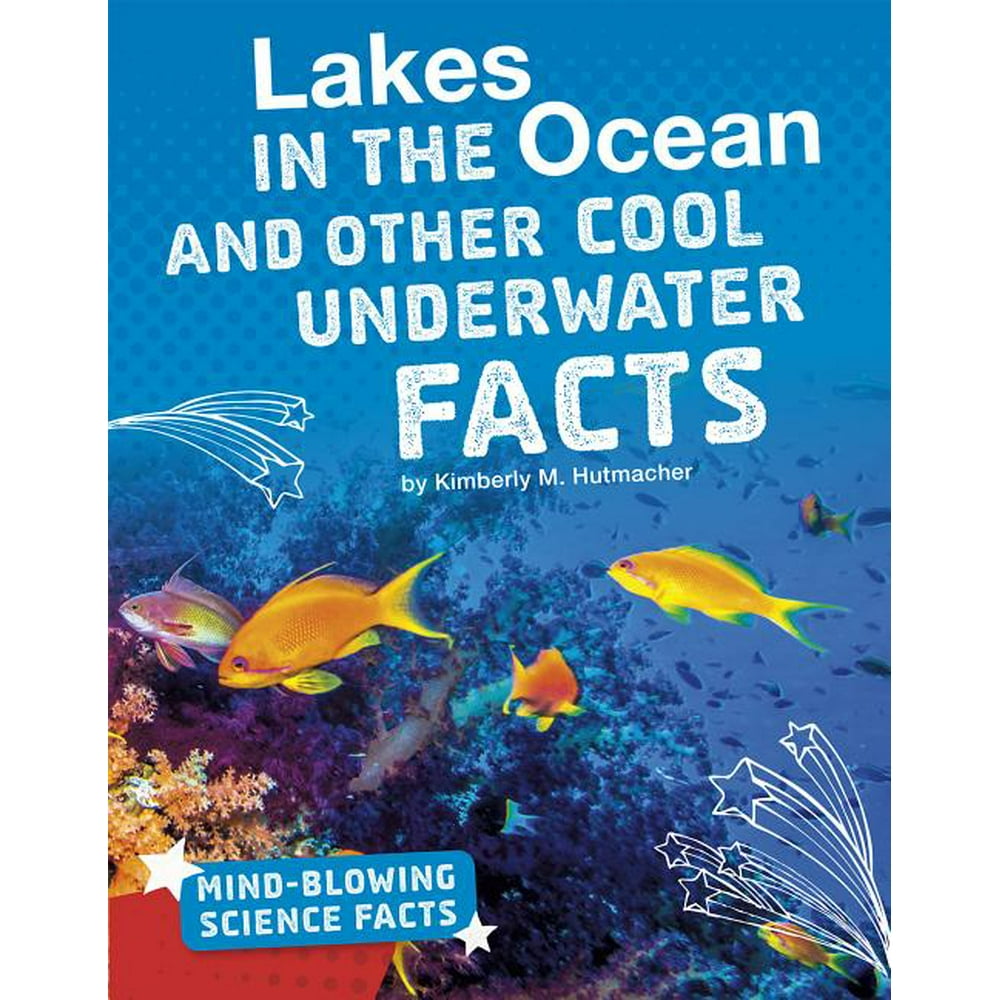 www.walmart.com
www.walmart.com Underwater Rivers That Flow Along The Ocean Floor
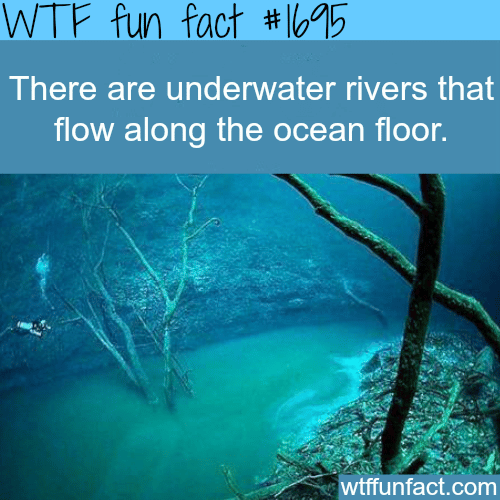 wtffunfact.com
wtffunfact.com facts rivers ocean flow floor underwater along fun wtf river water wtffunfact interesting funny weird awesome random strange crazy tumblr
Underwater Life Photograph By Michal Bednarek
underwater reef bednarek michal fish onderwater koraalrif leven het vissen coral photograph photography preview 29th uploaded november which
Pin On Deep Sea & Outer Space
 www.pinterest.com
www.pinterest.com facts ocean animals amazing fun interesting sea animal marine electric eel creatures water oceans fact random ten weird scary strange
Ten Quirky Underwater Facts • Scuba Diver Life
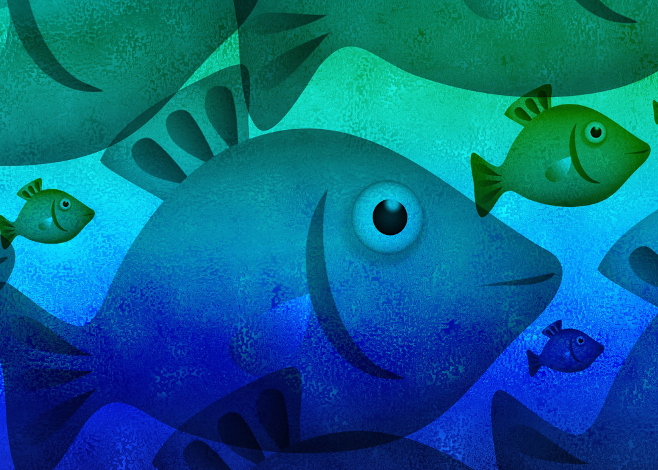 scubadiverlife.com
scubadiverlife.com WTF Facts : Funny, Interesting & Weird Facts
facts wtf fun underwater interesting weird sea google funny fact cool reblog comment maps
View Quotes About Life Underwater Images
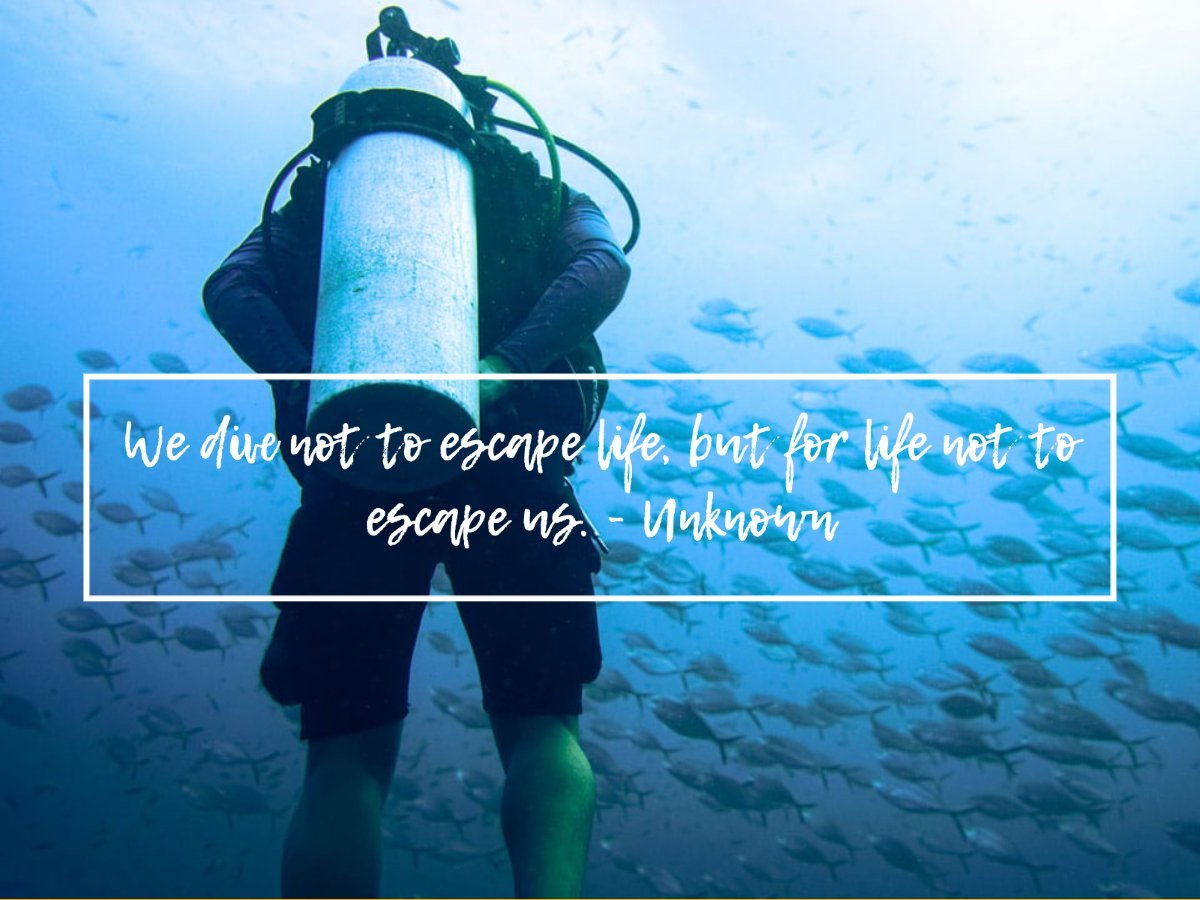 metroeduardo.blogspot.com
metroeduardo.blogspot.com hearted
Fun Facts | Marine Biology, Ocean Day, Ocean
 www.pinterest.com
www.pinterest.com oceans
Underwater Life
 www.slideshare.net
www.slideshare.net underwater
Ten Quirky Underwater Facts • Scuba Diver Life
 scubadiverlife.com
scubadiverlife.com quirky underwater
Spectrum Educational Charts: Chart 303 - Underwater Life
 spectrumchart.blogspot.com
spectrumchart.blogspot.com chart underwater water charts spectrum under educational
1000+ Images About Fun Facts About Scuba & The Oceans! On Pinterest
 www.pinterest.com
www.pinterest.com facts infographic ocean oceans fun scuba diving pangea amazing science activity printable
Pin On What The Fcuk Facts
 www.pinterest.com
www.pinterest.com 10 Unbelievable Facts About The Ocean | The Real Word Blog
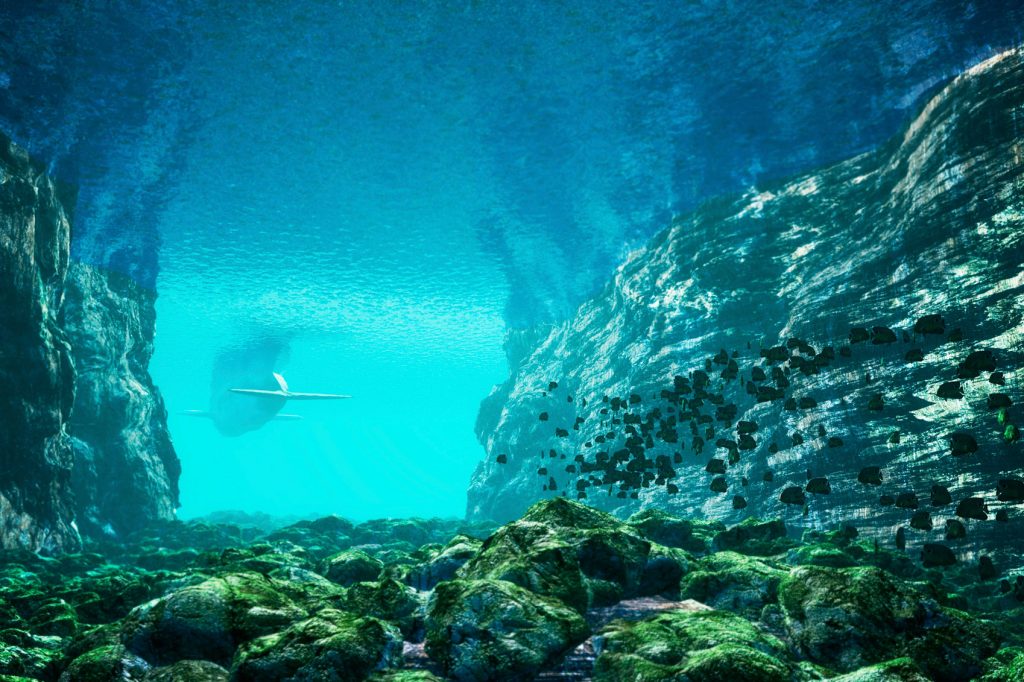 www.trafalgar.com
www.trafalgar.com ocean facts oceans unbelievable underwater real word known why little canyon species marine know
Love Makes A Family: Fun Factoids
 lovemakesafamily2011.blogspot.com
lovemakesafamily2011.blogspot.com ocean living sea things under wallpaper underwater animals creatures live plants beautiful water fish marine wallpapers deep makes family garden
30 Fun Facts About Marine Life - Diving Liveaboard In Thailand And Myanmar
believe
Pin By TrLynn Holifield🐢 On Life Under The Sea | Fun Facts About
 www.pinterest.com
www.pinterest.com A Life Underwater By Charlie Veron - Penguin Books Australia
 www.penguin.com.au
www.penguin.com.au underwater charlie veron books penguin paperback au choose board
Quirky underwater. Underwater sea tropical istock. Fun facts
Post a Comment for "Life Underwater Facts Pin By Rule7 On Ocean"